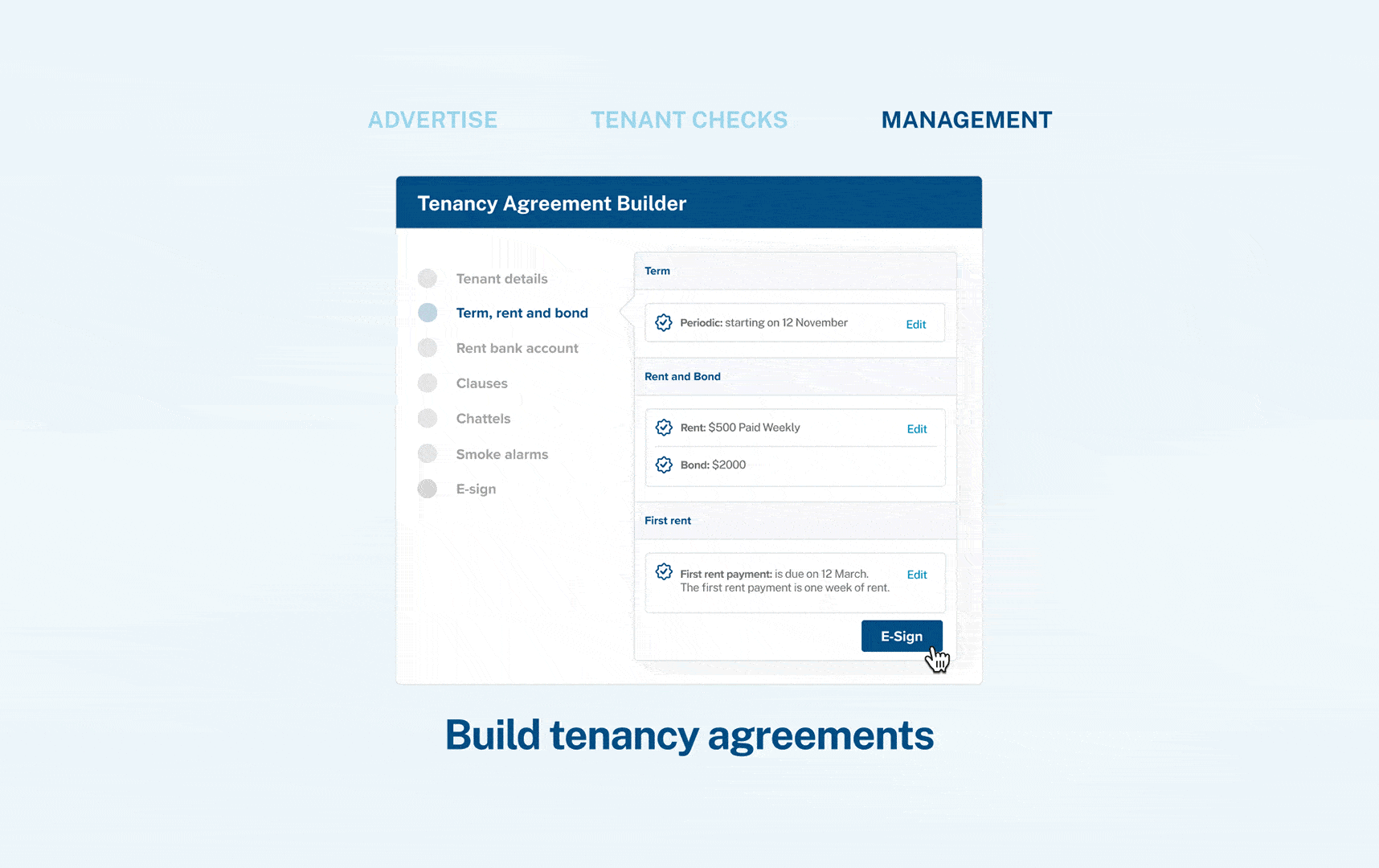What to check for to make sure your property complies with Drainage Standard?
A rental property must have a drainage system that ensures the property and land it sits on are not subject to periodic flooding during or after average rain.
To make sure you're compliant, check the condition of your drainage system.
- Check the gutters are present and working properly
- Check that the gutters are connected to downpipes
- Check that the gutters and downpipes are of sufficient size to not overflow during normal rainfall
- Check that the gutters are not broken or corroded and fixed well to the property
- Check for obvious leaks
- Check that the gutters and the downpipes are not blocked with leaves or other debris
- Check that all downpipes direct water to an appropriate outfall
It is helpful to check the drainage system condition during times of moderate rain. Alternatively, ask tenants if they have observed any issues during wet weather or seek professional assistance if worried.
Does my rental property need a ground moisture barrier?
If your property has a suspended floor with an enclosed subspace (obstructed along at least 50% of the subfloor perimeter by walls, cladding, adjoining structures, rocks, earth etc.), then you must have a ground moisture barrier installed. This is designed to provide a vapour barrier to the property, improve its heat retention and prevent rising damp.
A ground moisture barrier is generally a polythene sheet that can be bought from most building retailers. It can be installed by a landlord or a building professional.
If a tenant is using underneath the house as storage, work with tenants to clear space so you can get the work done.
If there is an existing ground moisture barrier installed before 1 July 2019, make sure it is still in good condition. Generally, ground moisture barrier doesn't need to be inspected regularly. But if the damage is discovered, it needs to be fixed or replaced in a reasonable timeframe.
Even where vents are built into the sub-floor walls, airflow is usually significantly obstructed, and the ground moisture barrier is still required.
Exemption
Rental properties don't need a ground moisture barrier if it's not reasonably practicable for a professional to install without causing substantial damage to the property, or if installing a barrier poses a health risk to the installer.
The exemption doesn't apply if there is no existing designated access point into an otherwise accessible subfloor space, landlords are expected to create one to install a ground moisture barrier.
Following the feedback from the rental industry, the Government has announced changes to the Moisture and drainage standard. Learn more about this here. Landlords will be given an exemption to remove the need to install alternative moisture barriers where the installation of a polythene barrier isn’t reasonably practical. (New rules are expected to come into force in April 2022)
The information contained in this article is exclusively for promotional purposes. It does not in any way constitute legal advice and should not be relied upon as the basis for any legal action or contractual dealings. The information is not and does not attempt to be, a comprehensive account of the relevant law in New Zealand. If you require legal advice, you should seek independent legal counsel. myRent.co.nz does not accept any liability that may arise from the use of this information.


